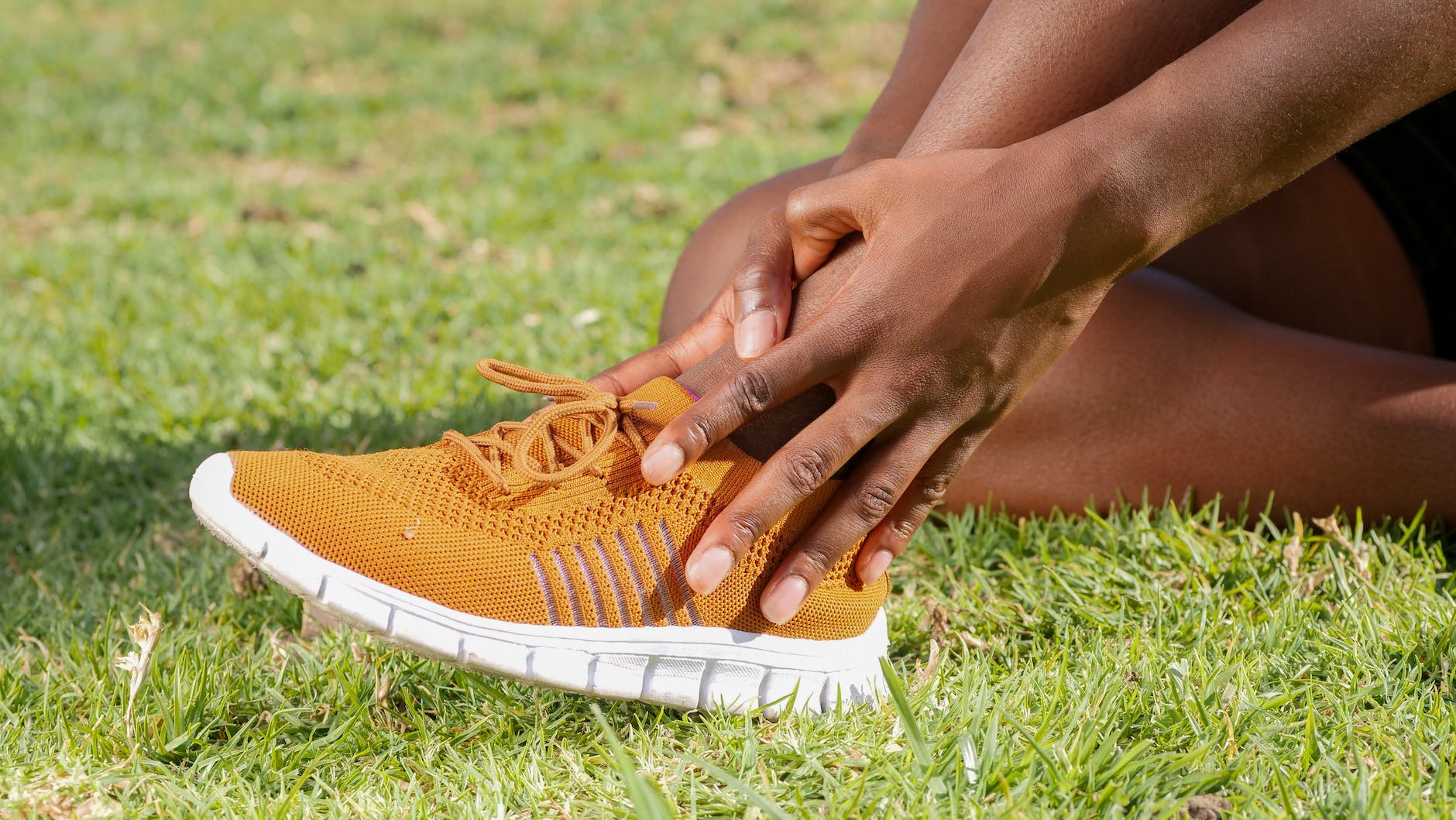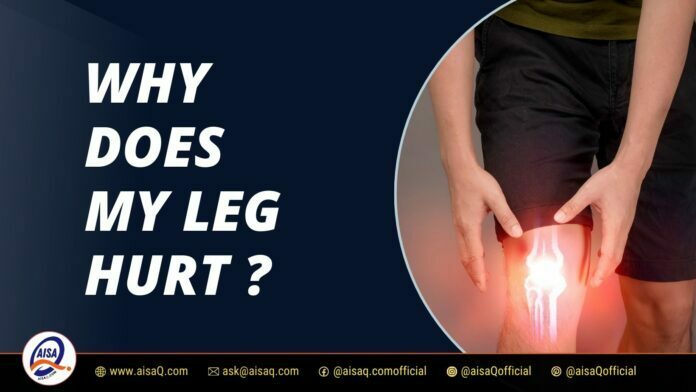Table of Contents
Why Does My Leg Hurt?
Introduction
Leg pain can be a common complaint, and for good reason. Our legs are responsible for supporting our entire body weight and facilitating movement. From overuse to injury, there are a number of reasons why you might be experiencing leg pain. In this article, we explore the common causes of leg pain and what you can do to alleviate the discomfort.
Causes of Leg Pain

1. Overuse
One of the most common causes of leg pain is overuse. Whether it’s from prolonged standing or exercising, overuse can lead to muscle fatigue and strain. Common examples include shin splints and muscle cramps.

2. Injury
Another common cause of leg pain is injury. This can include anything from a simple sprain to a more serious fracture or break. Injuries can result from accidents, falls, or even simple missteps.
3. Medical Conditions
Leg pain can also be a symptom of an underlying medical condition. This can include conditions such as arthritis, peripheral artery disease (PAD), or deep vein thrombosis (DVT).
4. Nerve Damage
Nerve damage can also lead to leg pain. This can include conditions such as sciatica, which results from pressure on the sciatic nerve, or peripheral neuropathy, which can cause numbness, tingling, or burning sensations in the legs.
5. Blood Clots
Blood clots are another potential cause of leg pain. Deep vein thrombosis (DVT) is a condition where blood clots form in the veins, which can lead to swelling and pain in the affected leg.
6. Osteoarthritis
This type of arthritis is caused by wear and tear on the joints and can lead to pain and stiffness in the legs.
7. Rheumatoid arthritis
This autoimmune disorder can cause pain and swelling in the legs and other joints.
8. Peripheral Artery Disease (PAD)
Peripheral artery disease (PAD) occurs when there is a blockage or narrowing of the arteries that supply blood to the legs. This can cause pain and cramping in the legs, especially during physical activity.
9. Sciatica
Sciatica is a condition that occurs when the sciatic nerve, which runs from the lower back down to the legs, becomes compressed or irritated. This can cause pain, numbness, and tingling in the legs.
10. Deep Vein Thrombosis (DVT)
Deep vein thrombosis (DVT) is a blood clot that forms in a deep vein, usually in the leg. This condition can cause swelling, pain, and tenderness in the affected leg.
Symptoms of Leg Pain
The symptoms of leg pain can vary depending on the underlying cause. Some common symptoms include:
• Pain or discomfort in the leg(s)
• Swelling or stiffness in the leg(s)
• Numbness or tingling in the leg(s)
• Weakness or loss of mobility in the leg(s)
• Redness or warmth in the affected area
Diagnosing Leg Pain
Diagnosing the cause of leg pain usually involves a physical examination, medical history review, and diagnostic tests. Your doctor may perform a variety of tests, such as X-rays, ultrasound, CT scan, or MRI, to determine the underlying cause of your leg pain.
Alleviating Leg Pain:
1. Rest
If your leg pain is the result of overuse or injury, one of the best things you can do is rest. Take a break from any activities that might be exacerbating the pain and give your body time to heal.
2. Ice and Heat
Applying ice or heat to the affected area can also help to alleviate leg pain. Ice can help to reduce swelling and inflammation, while heat can help to improve circulation and loosen tight muscles.
3. Compression

Compression socks or bandages can also help to reduce swelling and alleviate leg pain.
4. Medication
Over-the-counter pain medications such as ibuprofen or acetaminophen can help to alleviate leg pain. However, it’s important to follow the recommended dosage and speak with a healthcare provider before taking any new medications.

5. Surgery
In some cases, surgery may be required to treat the underlying cause of your leg pain. For example, surgery may be necessary to repair a broken bone or to remove a blood clot.
Prevention

There are several ways to prevent leg pain, including:
• Maintaining a healthy weight
• Stretching before exercise
• Wearing proper footwear
• Taking breaks during long periods of standing or sitting
• Avoiding activities that cause repetitive stress on your legs
FAQs:

When should I seek medical attention for my leg pain?
If your leg pain is severe or accompanied by other symptoms such as swelling, redness, or fever, it’s important to seek medical attention. These can be signs of a more serious condition such as a blood clot or infection.
Can leg pain be prevented?
While some causes of leg pain are unavoidable, there are steps you can take to reduce your risk. This can include maintaining a healthy weight, staying active, and wearing supportive footwear.
Is leg pain always a sign of a serious medical condition?
No, leg pain can be caused by minor injuries or muscle strain. However, it is important to see a doctor if the pain persists or worsens.
Conclusion
Leg pain can be a frustrating and uncomfortable experience, but there are a number of steps you can take to alleviate the discomfort. From rest and ice to compression and medication, there are a variety of treatments available. If your leg pain persists or is accompanied by other symptoms, it’s important to seek medical attention to rule out any serious underlying conditions.
If you want to explore other interesting questions on our site, then don’t forget to bookmark and visit the sitemap.


